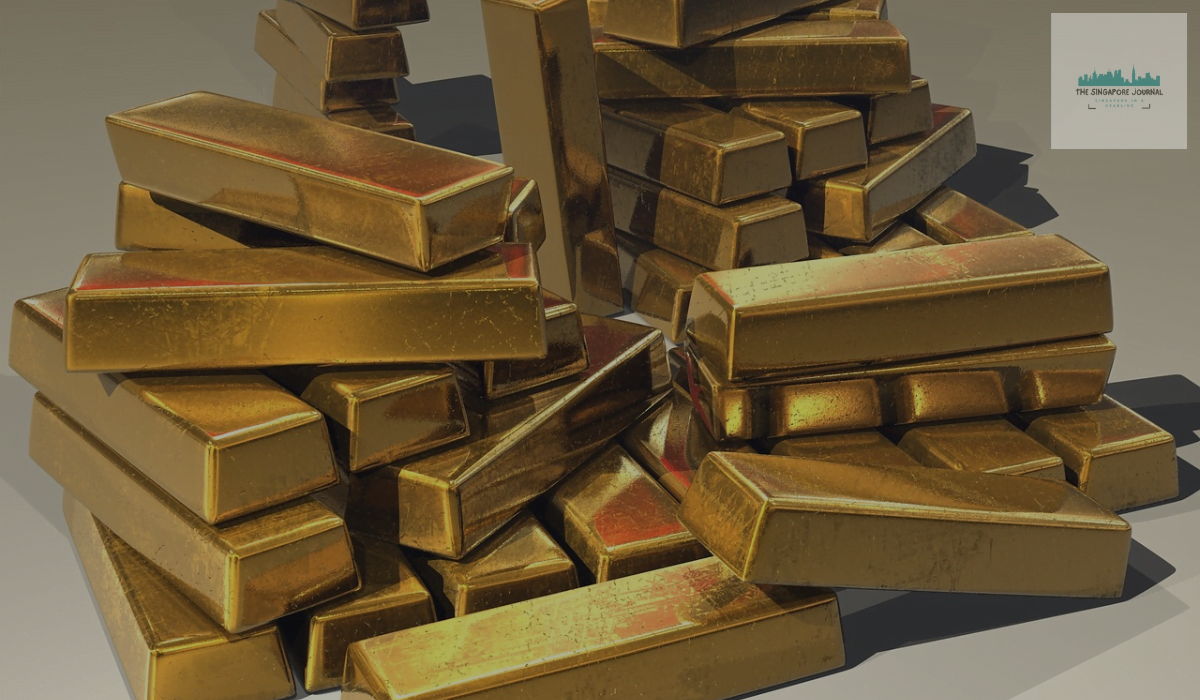From ancient civilization to the Modern era, Gold as an investment has been the world’s currency of choice. Today, investors buy Gold as a hedge against inflation and political unrest because of Gold’s low correlation with other assets. Gold as an investment can be an intelligent strategy for diversifying your investment portfolio and protecting your wealth. Gold has been a reliable store of value for centuries and is often considered a safe-haven asset during economic uncertainty. There are many opportunities to use Gold as an investment, including bullion, mutual funds, futures, mining companies, and jewelry. If you’re interested in investing in Gold, here are some important considerations and strategies to help you get started.
How to invest in Gold:
Due to its scarcity and value not moving in line with other assets, Gold as an investment can be the best option for diversifying your portfolio. Though gold prices fluctuate, remember that safe-have assets do well when the stock market behaves poorly. This is because god has an intrinsic value, and if dollars or stocks are suffering, people put their money into Gold to keep their assets as safe as possible.
Gold As An Investment:
You can consider Gold as an investment in many ways, and here are the most popular ones.
1. Gold Jewelry:
Gold jewelry has traditionally been considered a safe investment method for Gold Indians, especially in small towns and rural areas. They refrain from investing in other means due to a lack of awareness or access to invest in different ways. Almost all jewelers sell gold jewelry in India. While buying Gold, make sure you purchase hallmarked jewelry which indicates its purity and is verified under the government process, which will be important in considering Gold as an investment.
The cost of buying Gold includes the price of gold and manufacturing costs. Maintaining Gold is the main thing you must keep in a safe place like a locker. Moreover, you have to pay 3% goods and services tax at current rates when purchasing gold jewelry, and it’s advisable to consult your tax advisor to calculate what taxes you may owe.
2. Gold Coins And Bars:
Suppose you intend to add physical Gold to your portfolio but want to avoid paying the markup associated with gold jewelry. In that case, you can consider gold coins or bullion bars with a delicate gold content of 22-carat or 24-carat.
Moreover, The Indian government and MMTC sell gold coins known as ” India Gold Coins.” These are Bureau of Indian Standard or BIS – hallmarked, which assure 24-carat purity and 999 fineness, and this can be used Gold as an investment.
The storage cost for gold coins and bars is at par with gold jewelry. Also, taxes are similar to gold jewelry; you must pay 3% GSat at current rates. You are purchasing gold coins and bars.
3. Sovereign Gold Bonds:
India has the largest consumer market for Gold and still produces the minimum amount to meet customers’ demands. The country needs to import Gold and reduce the burden of import; the Reserve India issued sovereign bonds on behalf of the Indian government in the year 2024.
Gold as an investment can be derived from the SGBS, supplied in multiple grams with a minimum of 1 gram of Gold. However, the gold bonds are sold on a per-unit basis, and each unit obtains its value with 999 purity.
Investing in SGBs is a low transaction with an assured interest rate of 2.5% per annum, and the interest can be paid half yearly.
However, SGBs have no storage or insurance charges applicable to them. Hence the investment is effortless and inexpensively held in a Demat account to keep track of.
SGBs are taxable too, and just like physical gold SGBs can be used as a security for a loan.
4. Gold Exchange – Traded Funds (ETFs):
Gold ETFs are equal to old traditional purchasing of physical Gold. Each unit of gold ETFs has 0.01 grams to 0.5 grams to 1, depending on the range of funds.
Gold as an investment can be carried out smoothly as it has low risk and is backed up by 24 carats. No maintenance or storage charges apply to this, as it is held in your Demat account.
It is not subjected to taxes, as investors are liable to pay tax on any capital gains obtained by selling their ETFs.
5. Gold Futures:
India’s NSE, BSE, and Multi commodity exchange (MCX) offer gold futures contracts. It Is used by businesses that deal in the manufacturing and trading of Gold as an investment. A gold future contract allows you to buy and sell Gold later. The gold contract gets settled on the maturity date, but the value will be decided at the time of the transaction. The gold futures are available in exchanges like India’s NSE, BSE, and multi-commodity exchange.
Investors have to pay certain charges, brokerage, regulatory fees, and exchange fees, along with the cost of the contract. Besides, investors must pay certain taxes to use Gold as an investment according to the tax slabs in the gains added to their total business income.
Conclusion:
Considering gold as an investment can be a valuable addition to your investment portfolio. By understanding the different forms of Gold, Gold as an investment can be beneficial and have drawbacks. Unlike stocks and bonds with regular income, it can work well in providing liquidity and as a hedge against inflation.
By setting clear investment goals, conducting thorough research, and getting professional advice, you can make informed decisions and benefit from the long-term value and stability that Gold offers.
Also Read:

